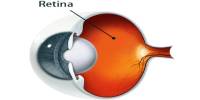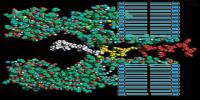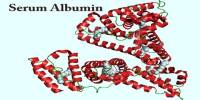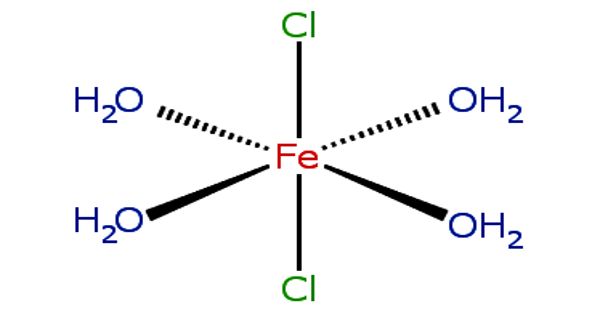A ligand is a biochemical substance. It is a substance that forms a complex with a biomolecule to serve a biological purpose. Its function is to bind to a biological molecule and make the molecule perform a function. Ligand binding alters the shape of the receptor protein. This changes the protein’s behavior.
Ligand binding to a receptor protein alters the conformation by affecting the three-dimensional shape orientation. In a narrower sense, it is a signal triggering molecule, binding to a site on a target protein. The conformation of a receptor protein composes the functional state. The ligand travels through the watery fluids of an organism, within the blood, tissues, or within a cell itself. The ligand travels at random, but once the concentration is high enough, a ligand will eventually reach a protein.

In biochemistry, a ligand is any molecule or atom which binds reversibly to a protein. A ligand can be an individual atom or ion. It can also be a larger and more complex molecule made from many atoms. A ligand can be natural, as an organic or inorganic molecule. Predicting ligand biological activity is a key challenge in drug discovery. This method is used to prospectively discover four experimentally confirmed agonists of the human muscarinic acetylcholine receptor M1, a target for diseases such as Alzheimer’s disease and schizophrenia.
The binding occurs by intermolecular forces, such as ionic bonds, hydrogen bonds, and van der Waals forces. Receptors and ligands come in many forms, but they all have one thing in common: they come in closely matched pairs, with a receptor recognizing just one (or a few) specific ligands, and a ligand binding to just one (or a few) target receptors. The docking (association) is usually reversible (dissociation).
Ligands are small molecules that transmit signals in between or within cells. Ligands include substrates, inhibitors, activators, and neurotransmitters. Ligands exert their effects by binding to cellular proteins called receptors. The ligand is like the baton, and the receptor is like the next runner in line. After binding to the ligand, the receptor can then send additional signals to other parts of the cell. The tendency or strength of binding is called affinity.
Information Source:
















